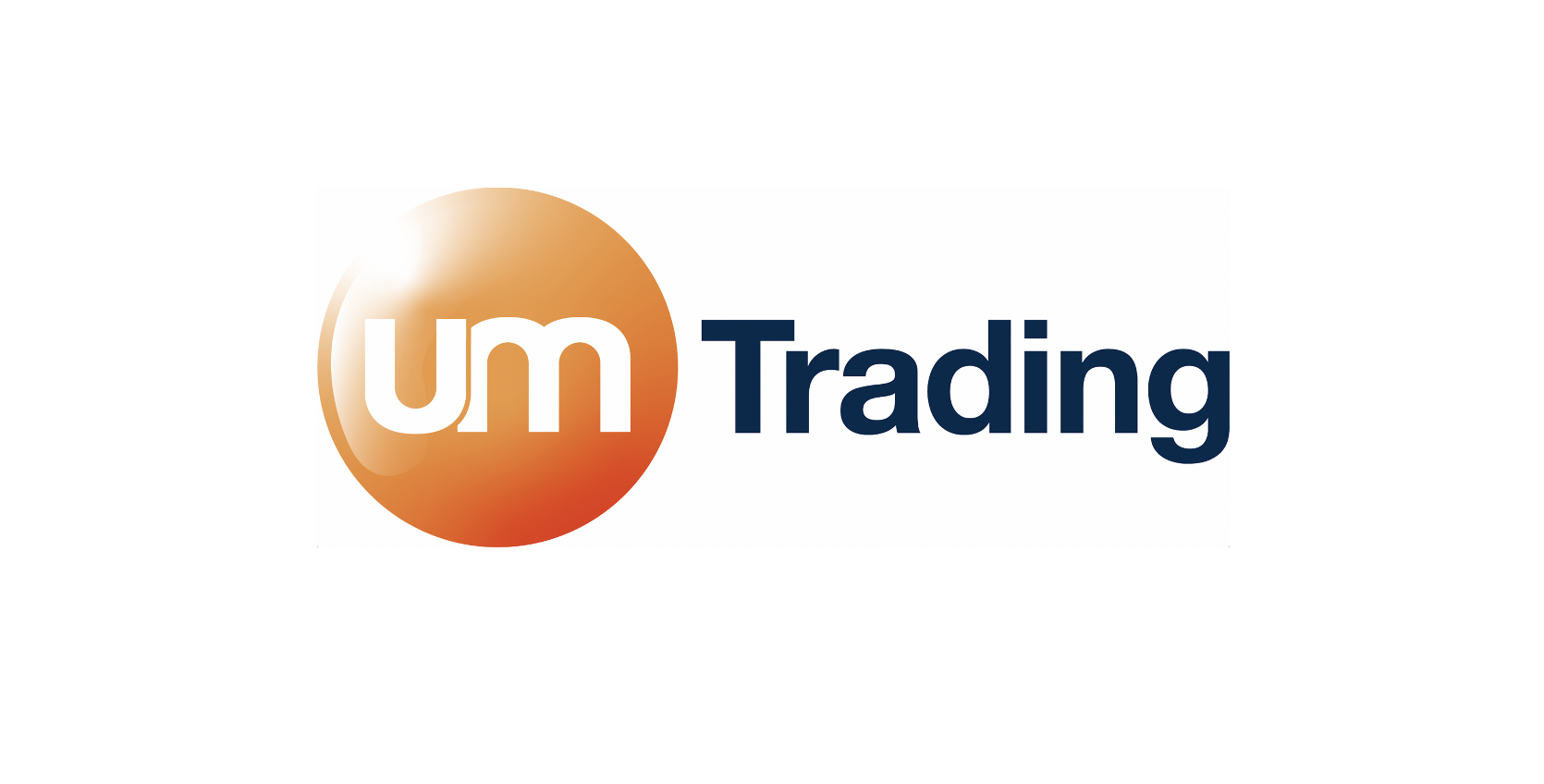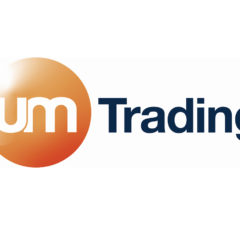Insight Focus
- India is currently the pivotal supplier for the molasses market.
- There are rumours that Indian cane performance isn’t as good as hoped.
- Beet molasses prices remain elevated.
The global molasses market has had a quiet start to 2023. As noted in the report in December, India is a pivotal supplier for the molasses market, the 2022/23 crop has started well. However; crop estimates for this year have been reduced, with estimates reduced by 1.5 million – 2 million tonnes compared to 2021/22 with more potential downside risk. The progress and final production numbers will be important for the global molasses market as India is forecast to be the largest exporter of cane molasses in 2023.
Sugar beet crops are coming to the end of production in Europe. The crops have been in line with forecasts as it was clear early in 2022 that the early and persistent drought conditions in much of Europe would negatively affect yields. There has some pressure on beet molasses stocks at some beet factories which is common as the peak of beet molasses production passes, but prices have broadly remained elevated, but there is downside risk to prices as demand has fallen in some sectors due to the higher prices and more limited supply.
The Euro and Sterling have started the year strongly against the US Dollar as the threat of energy costs and availability have receded, which will assist local currency pricing in Europe.
Overall prices for molasses are looking slightly softer as we are into the main sugar cane harvests in the important supply markets of the Northern Hemisphere. We will need to monitor the costs of tanker freight and currencies closely, which both remain volatile, as they are also key to market pricing for beet and cane molasses.














